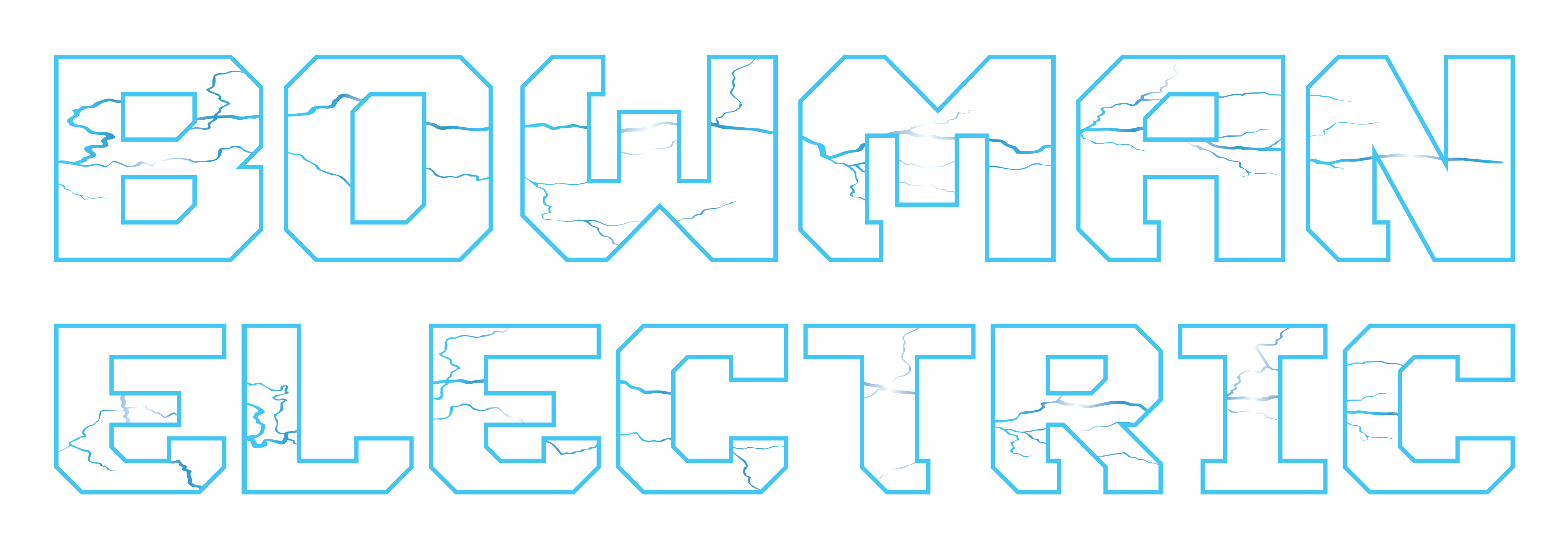
In the pursuit of a more energy-efficient and environmentally friendly lifestyle, one of the simplest yet most effective changes you can make is upgrading your home or office lighting to LED. Light Emitting Diodes (LEDs) are not only more energy-efficient than traditional incandescent and fluorescent bulbs, but they also offer superior longevity and versatility. Here's a closer look at why making the switch to LED lighting is a bright idea.
1. Energy Efficiency
LED lights are significantly more energy-efficient than traditional lighting options. While incandescent bulbs convert only about 10% of their energy into light, with the rest lost as heat, LED lights can convert nearly 95% of energy directly into light. This efficiency can translate into a substantial reduction in your electricity bills. According to the U.S. Department of Energy, widespread use of LEDs over the next decade could save about $265 billion worth of energy.
2. Longevity
One of the most compelling advantages of LED lighting is its long lifespan. An average LED bulb can last approximately 25,000 hours or more, which is 25 times longer than traditional incandescent bulbs. This not only reduces the frequency of replacements but also makes LEDs a cost-effective option in the long run, despite their higher upfront cost.
3. Durability
LEDs are built with sturdy components that are highly durable and can withstand even rough conditions. Unlike incandescent bulbs, which are made of glass and can easily shatter, LEDs are resistant to breakage and vibrations. This durability makes them ideal for both indoor and outdoor lighting solutions.
4. Eco-Friendly
LEDs are a greener lighting option. They contain no toxic elements, unlike fluorescent strip lights which contain hazardous materials like mercury. This feature makes LEDs safer to handle and dispose of at the end of their life cycle. Additionally, their long lifespan means that one LED light can save material and production of 25 incandescent bulbs, significantly reducing environmental impact.
5. Improved Light Quality
LED lighting offers considerable advantages in terms of light quality. LEDs come in a range of color temperatures, providing options from warm yellows, comparable to incandescent bulbs, to cool whites, which mimic daylight. The ability to choose and even change the color temperature can influence the mood and functionality of a space. Furthermore, LEDs provide consistent light quality over their lifespan, without flickering or dimming significantly.
6. Flexibility in Design
The small size of LED bulbs allows them to be used in a more diverse array of applications than traditional bulbs. They can be dimmed and integrated into modern control systems that adjust brightness and color based on time of day or the occupant's needs. This flexibility makes LEDs ideal for innovative lighting designs and smart home setups.
7. Instant Lighting and Frequent Switching
LED lights brighten up immediately when powered on, which offers great convenience compared to older technologies that take a moment to warm up to full brightness. Additionally, LEDs can be switched on and off frequently without affecting their lifespan or light emission.
Switching to LED lighting offers a multitude of benefits, from reducing your energy bills and carbon footprint to improving the quality and control of your lighting. Whether for home, office, or outdoor spaces, LEDs provide a powerful, reliable, and eco-friendly lighting solution that fits a wide range of needs and preferences. Consider making the switch today and enjoy the long-term benefits that LED technology has to offer.

